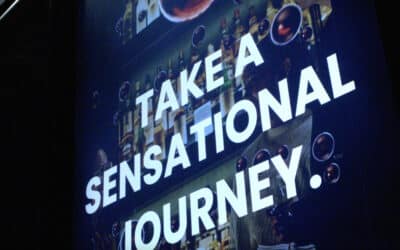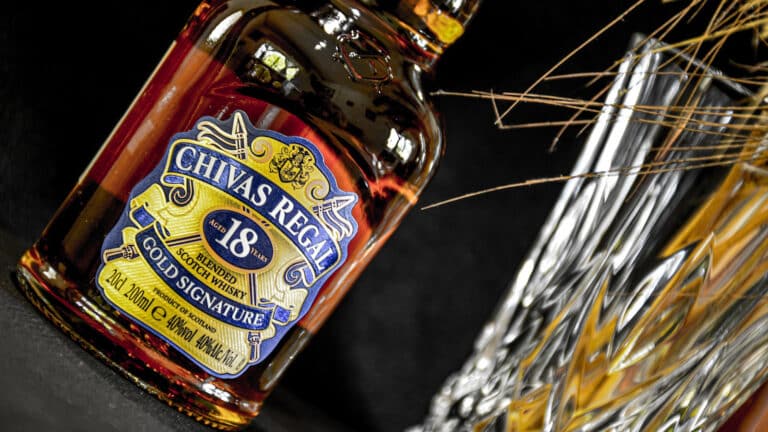By-products of the whisky distillation process could have valuable compounds recovered from them using new techniques being trialled by recycling specialist Ripcell and the University of Aberdeen.
Scientists at the organisations have partnered on a project examining the viability of separating acids and solvents from pot ale and spent lees.
Both pot ale and spent lees are created during the whisky distillation products. Pot ale residue is used in animal feed; spent lees are discarded. Up to 10 litres of spent lees can be created for every litre of whisky.
Ripcell and the University of Aberdeen have developed a technique to separate acids and solvents known as liquid chromatography. The chemicals could be a bio-based chemical alternative for sectors that have typically relied on petrochemical-derived sources, such as pharmaceuticals, food and drink, and cosmetics.
The project was supported with funding from the Industrial Biotechnology Innovation Centre (IBioIC), with samples of waste streams provided by whisky group Chivas Brothers from 12 of its distilleries across Scotland. The researchers believe the new technique could offer both economic and environmental benefits.
Dr Eve Wildman, founder of Ripcell, explained: “Around 2.6 billion litres of wastewater is produced from the Scottish whisky industry every year, so the potential of this process is huge. For decades, the majority of these co-products have been used as animal feed, but we have found a new, more valuable option to deal with spent lees that could change the ways in which distilleries manage and process their residues.
“At the same time, this could be transformational for the chemicals industry. By taking a sustainable approach to manufacturing key compounds, rather than using fossil fuels, Ripcell can help to reduce greenhouse gas emissions from the production process. For every kilo of bio-chemicals produced, we can remove 1.59kg of harmful greenhouse gas emissions.”
Dr Liz Fletcher, director of business engagement at IBioIC, added: “This project is a brilliant example of how we can add economic value by taking a circular approach to co-products and applying biotechnology. For both whisky producers and the chemicals industry, this process marks a significant step forward in reducing the environmental impact of manufacturing. We look forward to supporting Ripcell throughout its next steps to bring the process closer to commercial application.”
The next step for the research team will be to scale up the process to test its viability at industry scale. The team believe the process could eventually be worth as much as £90m a year in global chemical markets.













